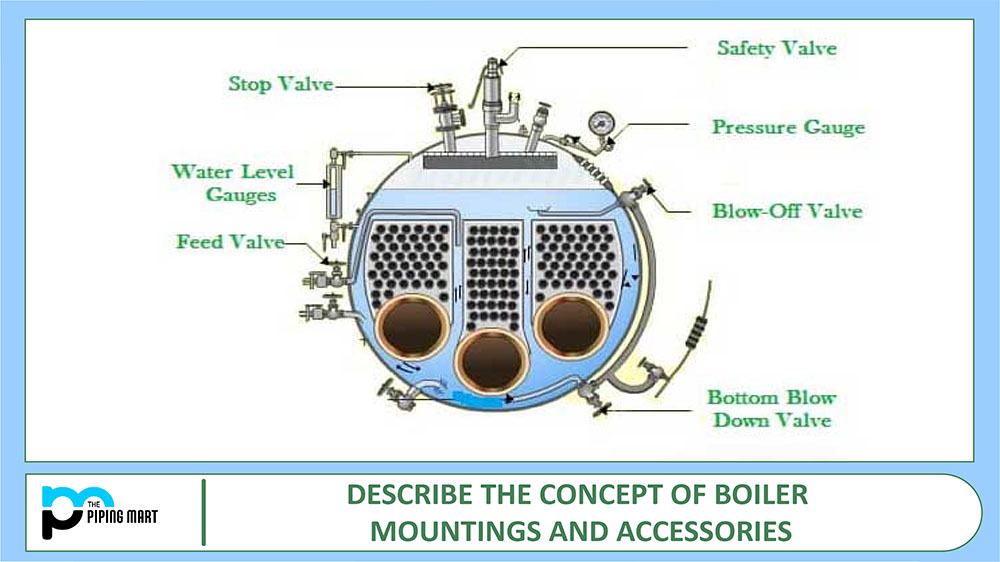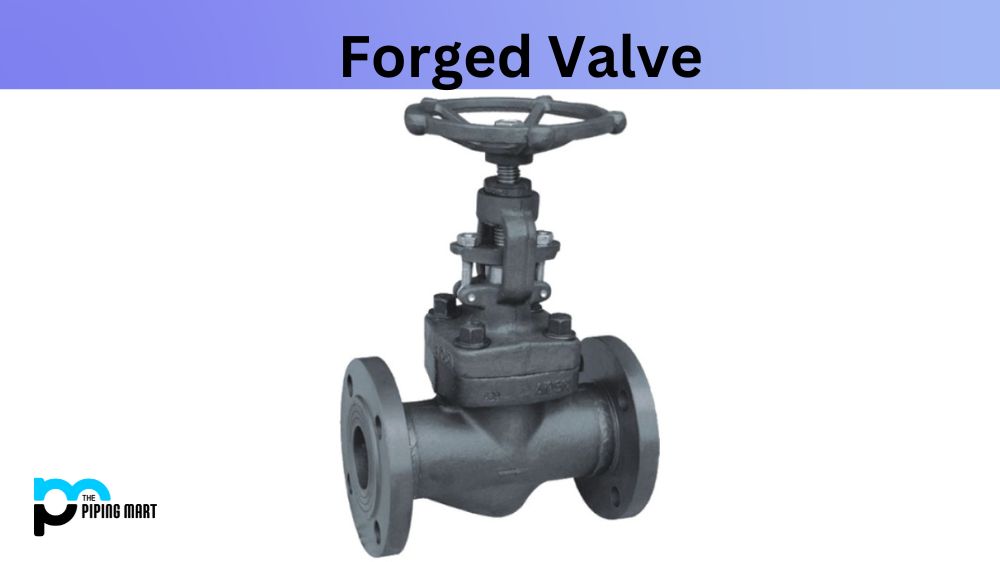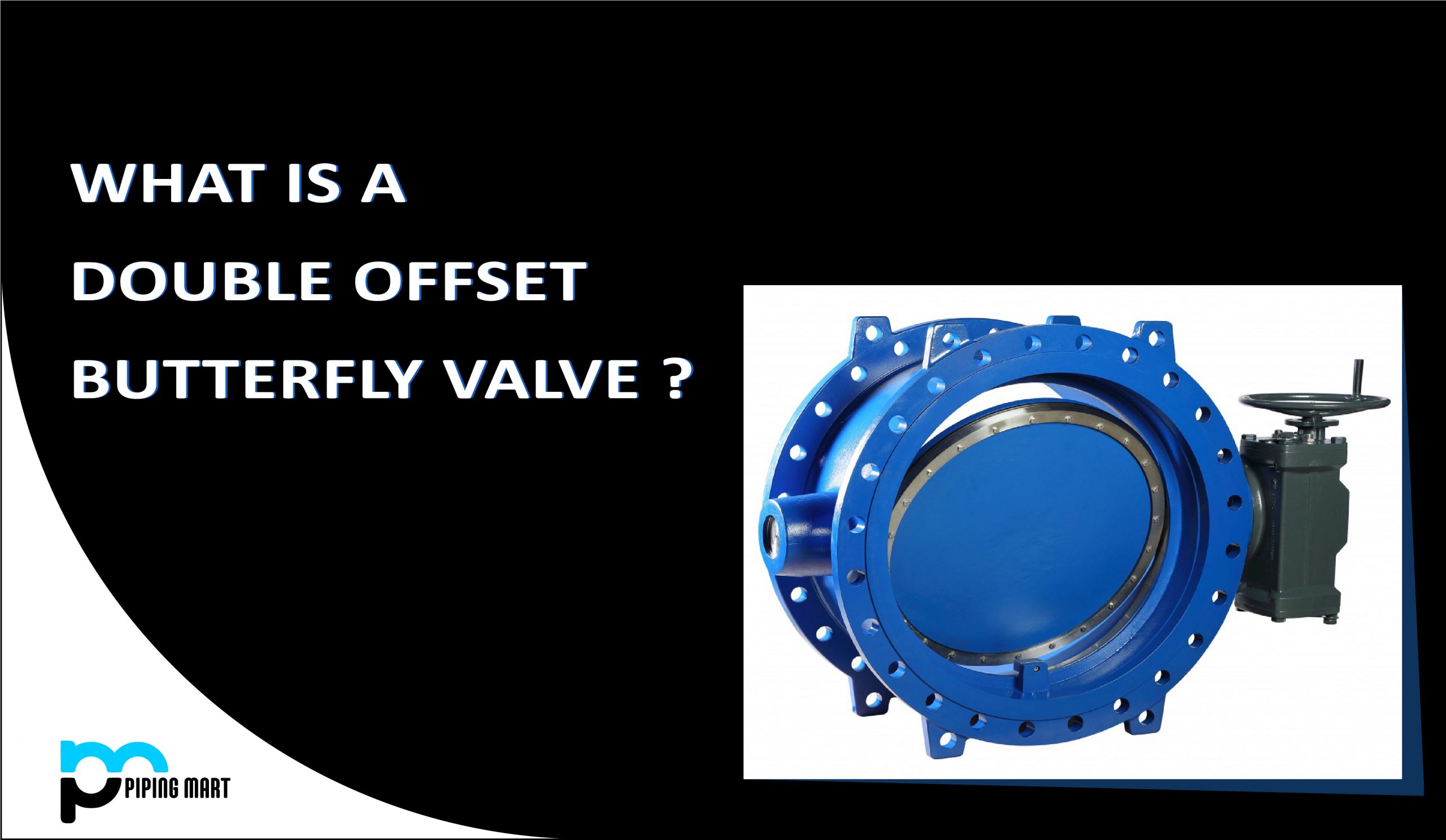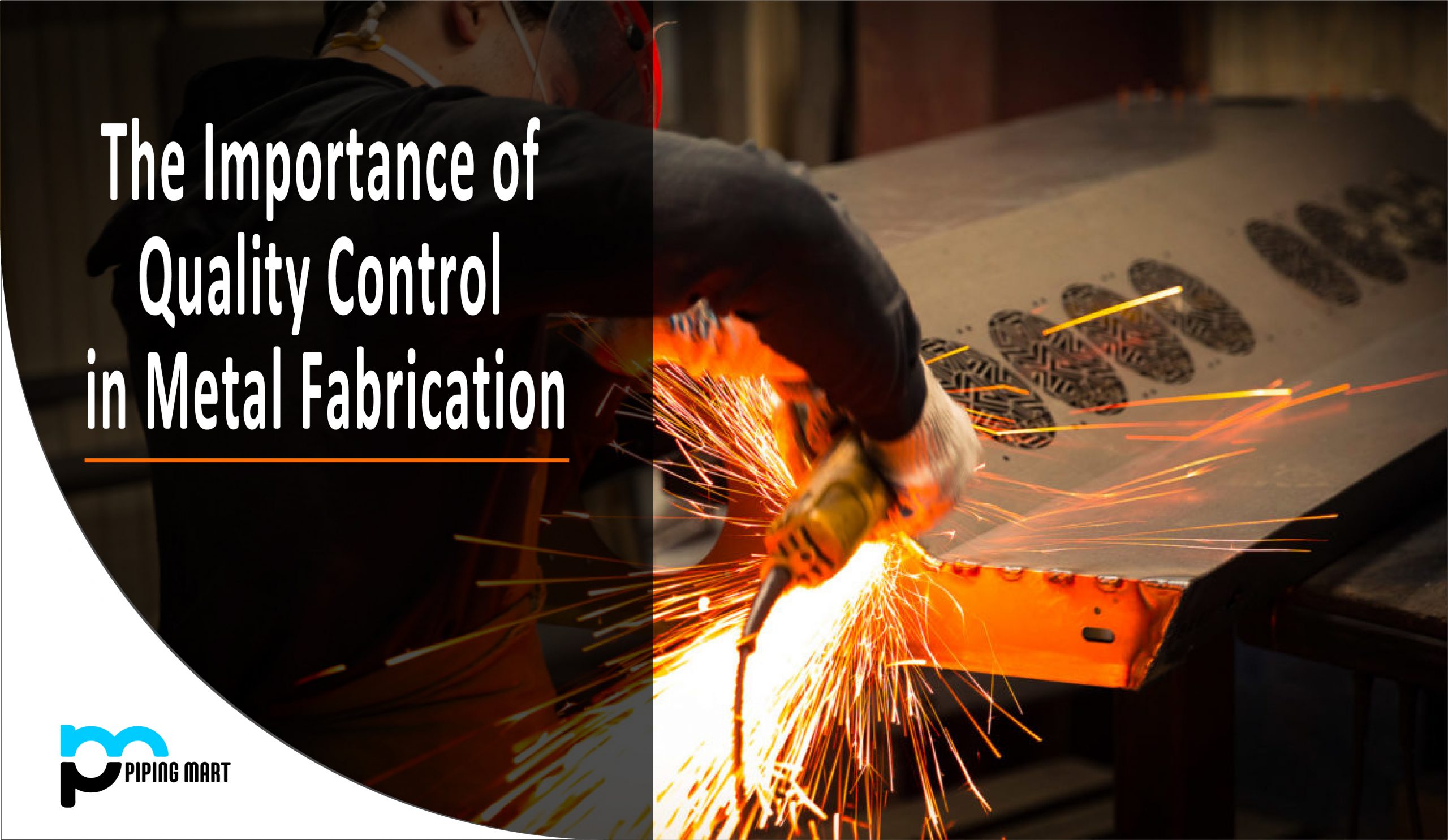As a homeowner, you know the importance of taking care of your boiler and making sure that it runs efficiently. To get the most out of your system, it’s important to understand what ‘boiler mountings and accessories’ are. This concept can seem daunting at first but once understood, understanding how mounting and accessories of boiler work together is relatively straightforward. Boiler mountings and accessories are boiler internal parts and play an integral role in helping make sure that boilers throughout your home remain safe and functioning correctly so they can provide essential warm heating to every room in your house or office building as needed. If you want to learn more about this topic then read on – this blog post will explain boiler mountings and accessories and their different functions!
What is Boiler Mounting?
The boiler mountings are accessories attached to the boiler to ensure optimal operation. Mountings of boiler or braces include a pressure gauge, safety valve, and water level indication. It should be remembered that a boiler needs the mountings to operate safely.
The gadgets that are essential boiler components but not mounted on them are known as boiler accessories. Superheater, economizer, feed pump, etc., are some of accessories in boiler. It should be mentioned that the accessories aid in effectively managing and operating the boiler.
Boiler Mountings list as follows:
- Water level indicator
- Pressure gauge
- Safety valve
- Stop valve
- Blow off
- Feed check valve
- Fusible plug
Water Level Indicator
The boiler’s water level indicator, a key component, shows the current water in the boiler. It is a safety device that ensures the boiler operates safely.
Working Principle
Water-tube signal The water is made up of two gunmetal tubes, A and B, attached to a vertical hard glass tube G. The glass tube is connected to the steam space of the boiler by tube A, and the glass tube is connected to the water space of the boiler by tube B.
A valve “S,” referred to as a steam valve, is installed in tube A, and a valve “W,” referred to as a water valve, is established in tube B. Along with these valves, a third valve D, a drain valve, is attached to the water level indicator so that water and condensed steam from the gunmetal tube A can occasionally be emptied via it.
Pressure Gauge
Pressure gauges are used to measure the steam pressure inside a steam boiler. The pressure gauge is fixed in front of a steam boiler.
Working Principle
Bourdon pressure gauge is the pressure gauge. It is made up of spring tube A, which is round. The Bourdon tube has one end that is sealed up and attached to a link L and the other that is connected to a hollow block B. The closed end of the tube is connected to the toothed sector C, which is hinged at O, by the link L. the sector gears with teeth and pinion D carrying pointer P. On a dial with graduated pressure units, the pointer moves.
Safety valves
These devices are mounted to the steam boiler to stop high steam internal pressure explosions. When the boiler pressure exceeds its normal operating pressure, the safety valve automatically opens to prevent the pressure from rising past that level. This enables additional steam to escape into the atmosphere until the pressure levels out, at which point it can no longer rise above. In this way, a safety valve safeguards a boiler against harm brought on by excessive steam pressure. Following is the list of boiler safety devices:
Standard safety valves include:
- Lever safety valve
- Deadweight safety valve
- Safety valve with spring-loaded
Steam stop Valve
A stop valve’s job is to regulate the boiler’s internal steam flow and, if necessary, entirely halt it. A stop valve or junction valve controls steam from the boiler. The valves installed in pipelines that enable steam to flow in one direction are known as stop valves, whereas the valves located on boilers that alter the direction of steam flow by 90° are known as junction valves.
Blow-off Valve
A blow-off valve’s purpose is to periodically empty the boiler while it is being cleaned or examined and to remove the sediments that have built up at the bottom of the boiler while it is in use. Under the pressure of steam, the water rushes out with incredible velocity when the blow-off valve is opened, carrying the sediments with it. When the blow-off valve has opened the water under the pressure of steam, it rushes out with tremendous velocity, thus carrying out the sediments.
Feed Check Valve
When the water level in the boiler decreases, feed water is supplied to replenish it until it reaches the desired level. Because the pressure inside the boiler will be high, a pump must raise the pressure of the feed water before it is introduced to the boiler. The boiler receives the feed water under high pressure through the feed check valve.
A feed check valve’s job is to regulate the water flow from the feed pump to the boiler and stop water from returning from the boiler to the pump when it stops working or when the pump pressure is lower than the pressure. The feed check valve appears at the boiler end of the feed pump’s delivery pipe.
Fusible Plug
Tin or a lead alloy with a low melting point makes up the plug. The fusible plug’s job is to extinguish the fire in the boiler’s furnace when the water level drops below a dangerous level, preventing an explosion that would occur from overheating the tubes and shell. It is positioned above the furnace’s or combustion chamber’s crown.
What is Boiler Accessories?
The boiler accessories are necessary to function correctly and increase the steam power plant’s efficiency. The boiler is not directly mounted with the boiler accessories. We will look at the various function of boiler accessories.
Essential Boiler Accessories List:
- Economizer
- Air preheater
- Superheater
- Feed pump
- Steam Separator
- Steam trap
Economizer
Large amounts of heat are present in the combustion gases that exit the boiler. Therefore, it is essential to recover the most heat possible from the gases before they vent into the chimney. Heat recovery from the flue gases occurs in the economizer by heating the feed water. The economizer is put in the gases’ route. By using less fuel, they increase the boiler’s overall efficiency.
Air Pre-heater
The air preheater is a boiler accessory that recovers heat from exhaust gases by warming the air pumped into the boiler’s furnace. Preheated air pumped into the furnace raises the furnace temperature and speeds up fuel burning. As a result, the plant’s thermal efficiency will increase.
The benefits of air preheating include:
- An increase in the rate of steam production
- Low-grade fuels can be used
- Combustion is improved with less soot, smoke, and ash produced
Superheater
In boilers, the superheater raises the steam’s temperature over its saturation point. The flue gases run through a set of tubes installed in their path, where the dry, saturated steam produced by the boiler is heated further by the hot gas to a temperature close to saturation.
Feed Pump
A feed pump is a boiler accessory necessary to ram high-pressure feed water into the boiler. Typical pumps include:
- Rotational pumps
- Rotating pistons
The reciprocating pumps are powered directly by connecting them to the steam engine. Electric or steam turbines are used to power the rotary pumps.
Difference between Boiler Mountings and Accessories.
Boiler mountings and accessories are crucial components of a boiler system, but they have distinct purposes. Boiler mountings include safety devices such as safety valves and water level indicators, which ensure the safe operation of the boiler by regulating pressure and water levels. On the other hand, boiler accessories are additional components that enhance the efficiency and performance of the boiler. These accessories may include economizers, superheaters, and feedwater pumps, among others. While mountings focus on safety, accessories optimize the functionality and energy efficiency of the boiler. Both mountings and accessories play vital roles in maintaining the safe and efficient operation of a boiler system.
Conclusion
To conclude, boiler mounting parts and boiler accessories and their functions act as vital components in any pressure vessel. These mountings and accessories help to maintain the safe functioning of boilers by providing strength to it and to ensure that all safety precautions are met. Therefore, it is important for all technicians to have a thorough understanding of boiler mountings and accessories, how they work and what each of them is responsible for.

Pipingmart is B2B portal specializes in industrial, metal and piping products. Also, share latest information and news related to products, materials and different types grades to help business dealing in this industry.




